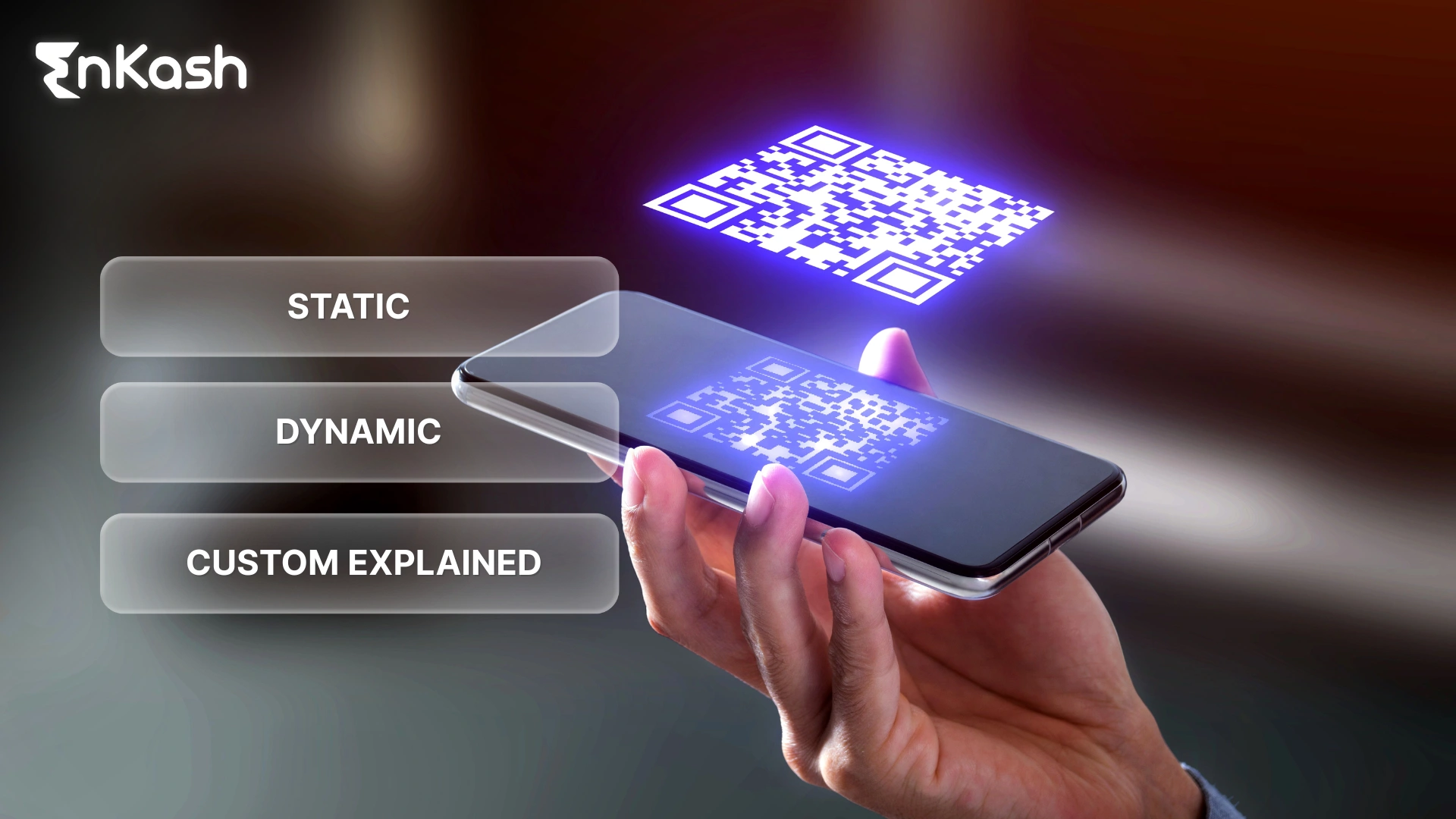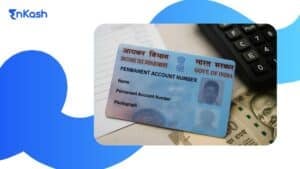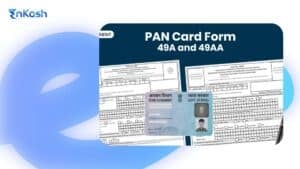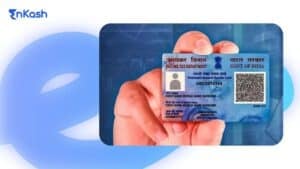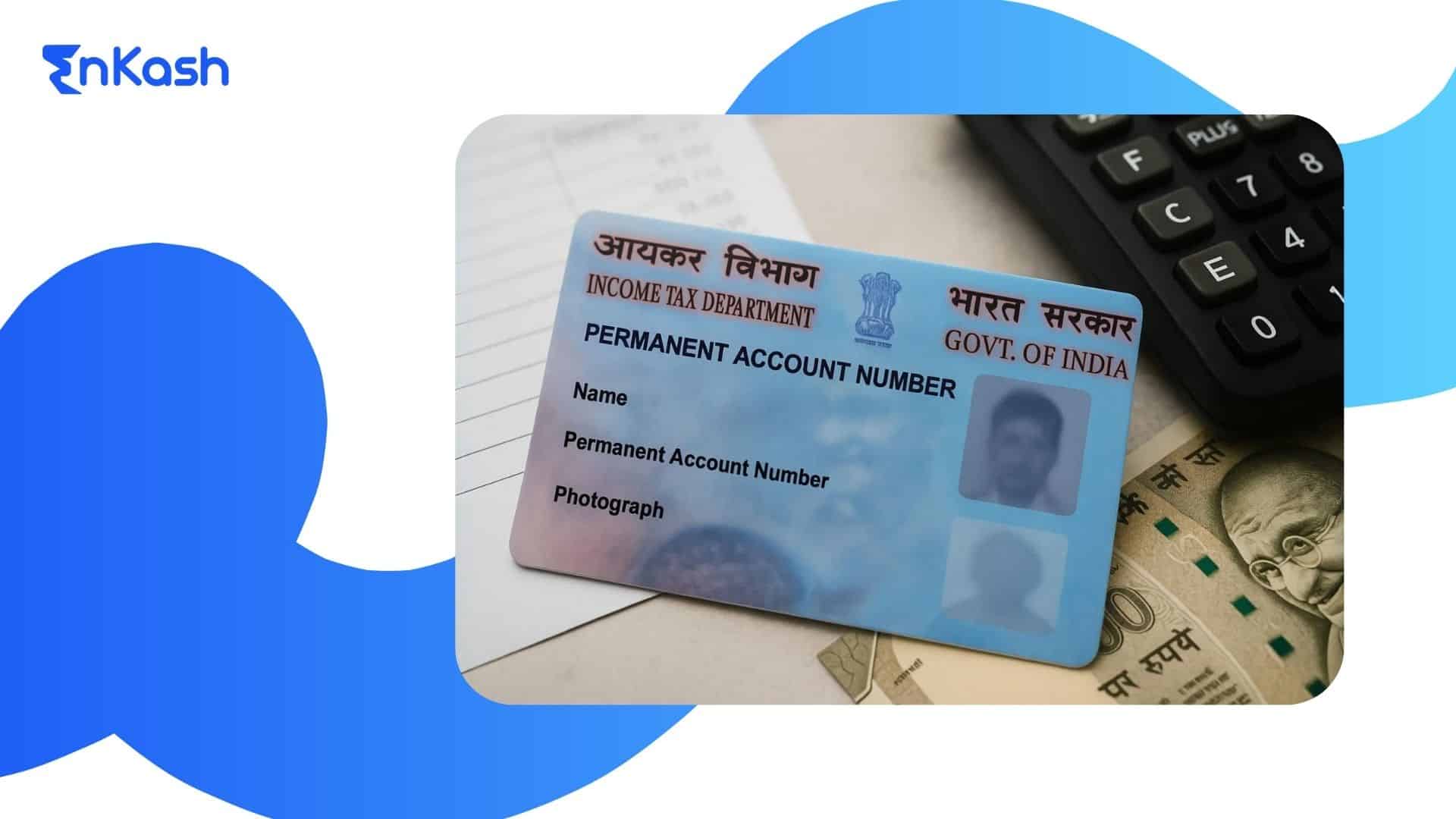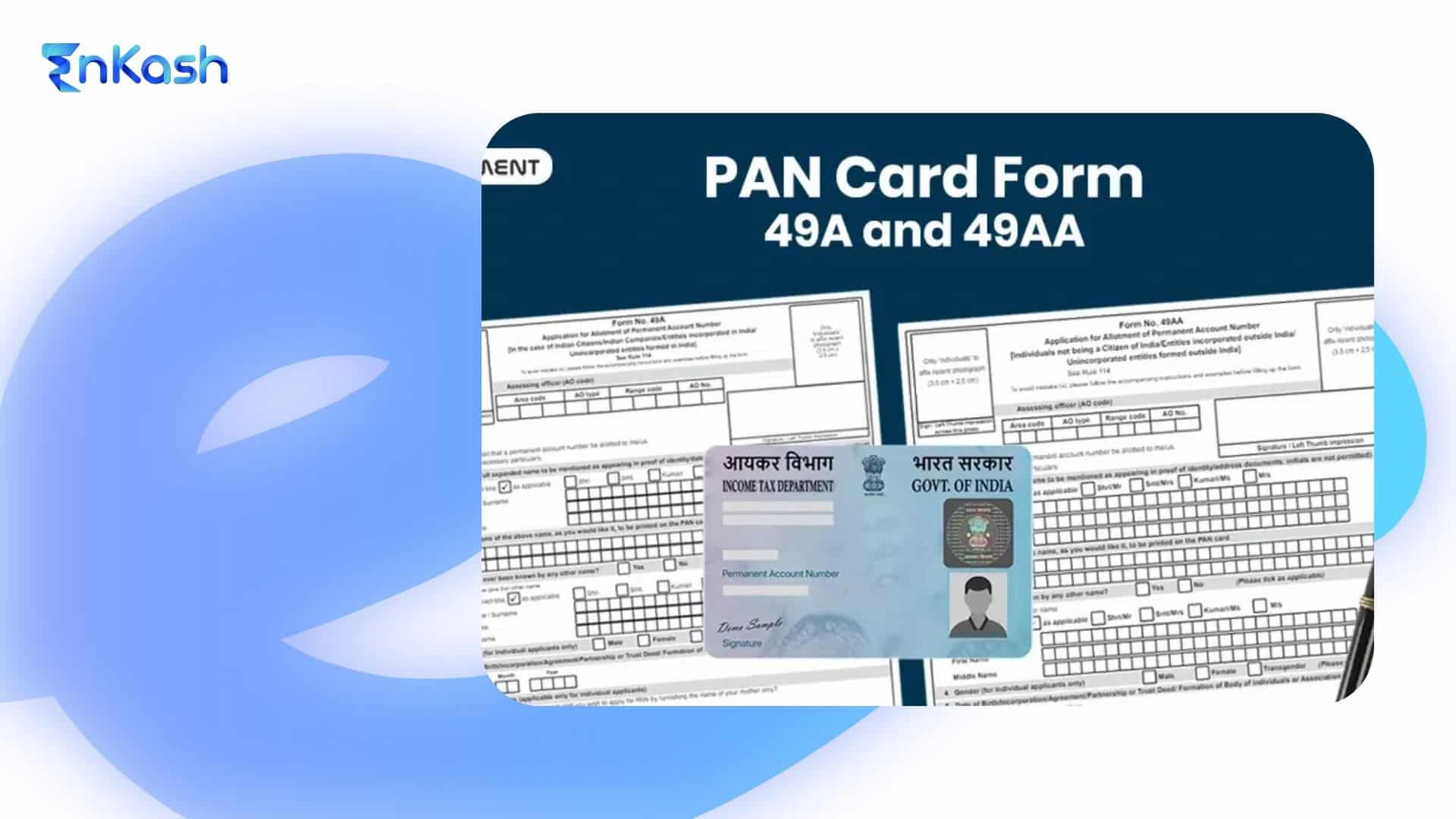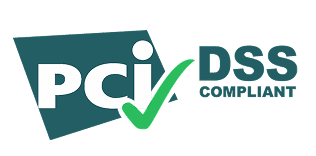Introduction
QR codes are everywhere—from payments to packaging to restaurant menus. But not all QR codes are created equal. Understanding the difference between static, dynamic, and custom QR codes helps businesses pick the right format for each use case.
This blog will cover what a QR code is, its full form, and the pros and cons of the different formats, so you can make the best decisions for your business.
Why are QR Codes Important?
QR codes have evolved from a niche technology into one used by almost everyone in today’s fast-paced world. For payments, information, and brand interaction, the QR code provides unrivaled convenience. Touchless technology and fast data exchange have fueled the rising demand for QR codes. Here’s why QR codes matter more than ever. QR codes enable contactless access, which has now become very important post-pandemic. People are now favoring interactions without physical contact, whether it is scanning the menu at a restaurant, checking into an event, or making a payment. That said, the touchless experience enhances both security and convenience. They facilitate almost instant data interchange. With one scan, end users can be sent over to websites, contact forms, product pages, app downloads, or even payment gateways. Easy-go access to relevant information removes typing long URLs or manual filling of details; hence, it is a smooth and fast interaction.
Measurement of user activity is yet another important advantage offered by QR codes, especially dynamic ones. Marketers and companies will be able to gather data on how many people scanned the code, from which locations they scanned the code, and at what time. With all this data, they can start forming hypotheses on customer behavior, on the success of campaigns, and on customer-centric engagement. QR codes can be found on packaging, posters, receipts, or brochures. Digitally, they can be found on emails, apps, or websites as well. Scanning QR codes is free on most smartphones, but creating dynamic or branded codes may involve paid tools. Depending on the use case, businesses may select between a static QR code, a dynamic QR code, or even a custom QR code. Normally, static codes have to be used for content that will not change, such as contact information or location details. On the other hand, dynamic QR codes, once printed, can be changed; thus, their use is highly recommended for campaigns and payments. These have increased the use of QR codes across several industries: retail, finance, healthcare, hospitality, and education.
Solving real-world problems efficiently and at low cost, QR codes are enabling everything from UPI payments in India to international airport check-ins. Because of this, big companies and start-ups implement them in their workflows. QR codes can link to various content types like text, audio, videos, or forms, hosted online. Thereby making it one of the most versatile digital tools today. When combined with secure payment applications such as EnKash, the implementation of QR codes can make transactional procedures less tedious.
Payments can be made or received via customized QR codes, transaction monitoring, or even client satisfaction, ensuring safety and speed of execution. Finally, QR codes serve to customize and promote a brand. With a custom QR code, companies have the opportunity to embed logos, change colors, and sculpt design around brand identity. While enhancing design, it concomitantly increases trustworthiness among users and the willingness to scan the code.
How QR Codes Work
Before launching into the different varieties of QR code formats available, one should know exactly what a QR code is and how it does its trick. The nitty-gritty may be rather complicated; however, the process is really very simple and ingenious. In fact, ‘QR’ is short for Quick Response. These codes were developed in Japan in the 1990s at a time when they were being applied in manufacturing for tracking parts. As time passed, since QR codes could store more information than conventional barcodes, utility areas were extended to various other industries. Unlike a linear barcode, which stores data only horizontally, QR codes store data along the horizontal and vertical axes, therefore being two-dimensional. QR codes may contain various options and types of data, be it URLs, plain text, email addresses, phone numbers, contact cards, payment information, and much more. As soon as you scan one, say, with your smartphone or a QR code reader, the camera recognizes that black square pattern that is unique to that particular code. The pattern is then decoded by the corresponding software, or action, it can be a payment page, a website, or a form. Another important operation mechanism of the QR codes is code error correction. Even if a certain part is smudged or damaged, the QR code technology can retrieve the information. Such reliability makes it suitable for use in outdoor environments, packaging, or in situations such as high traffic, where the likelihood of wear and tear is great. There is also a distinguishable format depending on the function of the QR code. A static QR code contains fixed data that cannot be edited once created. Static QR codes are for business, personal, or contact information like an email signature or a visit card. However, dynamic QR codes support redirection to URLs and other destinations that are subject to change; thus, the target can vary without requiring a reprint of the QR code. Hence, they are suitable during short promos, events, or payments in real-time.
Moreover, companies may opt to go with custom QR codes that allow for design freedom, featuring colors, branding, shapes, and even logos, without compromising scanability.
Most Popular QR Code Types
1. Static QR Code
Static QR code holds fixed data, which means wherever the information was embedded and generated in the code, it cannot be changed. Such a QR code is ideal for one-time use when the data is fixed. Examples of static QR codes might be to share Wi-Fi passwords, an email address, or business or personal contact details. Since it cannot be changed, static QR codes are mostly to be used for personal or informational purposes, where no need is made for tracking or analytics.
2. Dynamic QR Code
The dynamic QR codes are the most versatile. They do not carry the actual URL and hold instead a very short URL or an alternative redirection link, which can be altered at any time. So they fit best for marketing promos, digital payments, or event promotions. Businesses prefer dynamic QR codes since they can check the scan, apply analytics, or even update their content without the need to reprint the code.
3. Custom QR Code
Custom QR codes are personalized versions of either static or dynamic QR codes that include branding elements like logos, colors, and styles. They could be either static or dynamic type codes because that depends on the situation. Their biggest advantage is to provide brand acknowledgment and visibility while effectively working as an actual barcode. Their packages make them highly popular for the use of advertising and digital marketing.
When to Use Static Codes
Out of the many different options for QR codes, static codes offer the simplest yet highly effective solutions for many businesses and personal purposes. If you want a quick one-time setup, with no need later to edit or track interactions, then static QR codes are your best choice. They work well when the information embedded is fixed and expected to remain unchanged. Static QR codes encode the data inside the code itself, which may be a URL, a block of text, a phone number, or an email address. After the generation, the information cannot be tampered with, changed; static QR codes can thus be called single-use tools, and for many uses, that’s sufficient. A typical example of a static QR code would be on packaging. For instance, a company wanting to give customers access to a PDF user manual would embed the link to the PDF into the QR code, so all that needs to be done is scan it with a smartphone to access the manual.
Since the manual for the product is unlikely to change, the static solution works extremely well and lasts a long time. Another common use case is on business cards or email signatures. Professionals typically imprint a static QR code linking to their personal LinkedIn profile, website, or digital portfolio. These personal links rarely change, so the ability to update the destination after printing is not required. By analogy, restaurants use it statically to link to a fixed version of their menu. While scanning doesn’t need internet, accessing online content like menus does. One of the biggest advantages static QR codes have is their low cost. These codes can be generated with free online tools where no paid subscription or third-party service is required. Plus, no hosting or redirection services are required, making them perfect for offline or printed use. So far as static codes are concerned, they are a very simple way to go if you are low on budget or just about to try out this new QR technology.
Here’s the catch, though. If the data is incorrect or needs updating, a new QR code must be generated or a whole new QR code, since the data is embedded in a code ticket. Additionally, these codes do not support tracking features.
You have no way of knowing how many people scanned your code, on what day or time, or from which device or location. For businesses that operate through performance data or require instant control, this might be too big of a distraction to consider.
Dynamic Codes for Flexibility
On the other hand, if your business requires real-time updates, performance tracking, or campaign-level control, dynamic QR codes are the way to go. They are built for changeability. Unlike static ones, they do not hold the final data within the code itself. They redirect one to a short URL, which opens a destination page. So, what is the really useful part? The destination can be changed at any time, even after printing or sharing. To put things into perspective, imagine a startup using EnKash dynamic QR codes to collect payment. The startup creates a QR code that links to a specific payment page. Later, they decide to update the page with new features or switch to a new payment gateway. With dynamic QR codes, they never have to redesign or reprint the QR code—just update the destination URL within their dashboard, and the same code would take you to the new page—the world’s best flexibility. Another major advantage of dynamic QR codes is their advanced analytics. Businesses can obtain very valuable data, such as how many people scanned the code, at what time, which device they used, and even where they were located. Such information benefits those marketing teams in campaign activities by fine-tuning their strategies with an understanding of customer behavior.
Another champion feature is the ability to designate password protection and expiration period. It can be immensely valuable when it comes to event registrations, discount offers, gated content, etc., where users can access only for a particular period or particular users. Consider an example where you offer a discount via flyers or digital ads or digital ads to promote a limited-time sale; now you can set your QR code to expire once the campaign ends, so no more manual takedowns or floating around outdated links. Dynamic QR codes show their strengths in complex applications and when scaling is required. It is best applied to digital payments, time-sensitive marketing, location-based promotions, or whenever you want to update the linked content without creating a new QR code. Any business concerned with customer experience, brand consistency, and data-driven strategies finds itself in dire need of dynamic QR codes.
Yes, generally, such codes require a subscription or platform integration, but the money spent on such an investment procures more control and engagement. When combined with a secure and robust payment solution like EnKash, dynamic QR codes can enhance user convenience while providing backend intelligence for business growth.
Make QR Codes Your Own
In this increasingly online-and-digital world, every brand feels the pressure to stand apart, yet keeps the need to maintain consistency, and here is where custom QR codes come into play. As opposed to your generic black-and-white affair, custom QR codes allow businesses to enhance the QR experience with unique branding elements. Logos can be placed, brand colors incorporated, and it could be simple CTA text like “Scan to Order” or “Pay Here”; all these help make the customer experience more engaging and memorable. A well-designed QR code would look far less technical and would feel better or warmer to the touch to an end-user, especially in industries like retail, hospitality, and F&B, where consumer engagement is key. From static QR codes that have fixed links to dynamic QR codes used for ad campaigns with a flexible objective, customization capabilities work with both and offer full creative liberty. The other aspect that is beneficial and notable in support of custom QR codes is that they engender trust; in other words, people are more likely to scan a professionally designed branded QR code over a generic or poorly designed one just because of the shared feelings about security and credibility. For instance, the Café that prints QR codes on every table for contactless menu access. They do not want it to remain plain, so they go ahead and include their logo, color it according to the brand palette, and put a simple tagline that says “View Menu.” Such branding creates a pleasant experience for the customer and thus goes a long way in reinforcing brand presence.
With the ever-growing use and application of QR codes, customization is important so that your code can communicate in your brand language and maintain ease of interaction. If a business aims at higher engagement, stronger visual appeal, and branded digital touchpoints, custom QR codes are the quickest and most impactful way to leave a memorable impression.
Pick the Right QR Code
QR codes have been placed squarely in the middle of businesses operating across different industries-from retail, hospitality, education, and payments. With many types of QR codes available for use, it is henceforth important to choose one that best serves your purpose. Your choice between static, dynamic, or custom QR codes will shape how customers engage with your brand. Here’s a quick guide to help you decide which type of QR code best suits your objectives.
Use Static QR Codes for Fixed, Simple Information
Use Static QR Codes in situations where your data would never have to be updated later. The content that is put into a static QR code cannot be altered or modified. A static code is, therefore, best suited to an organization that wants to have a simple one-time set-up for sharing fixed information- contact information, a PDF brochure, or a website URL. Static codes can be placed on business cards, flyers, email footers, or packaging. As for the creation of static QR codes, they do not require an internet connection, are extremely inexpensive, and very easy to generate. Tracking customer engagement or extra control, in the fuller sense, is lacking with these QR codes. To ensure that the given content related to your QR code will not ever be changed or tracked, static QR codes serve as a perfect option: simple.
Dynamic QR Codes for Flexibility
The biggest plus about dynamic QR codes is that they provide businesses with more control and greater insights. Basically, unlike static codes, dynamic ones allow an advertiser to change a URL destination after the QR code has already been printed somewhere. This, in turn, becomes very useful when a code is being used for marketing campaigns, payment gateways, event registrations, or any content that needs regular updates. They also support analytics, allowing you to monitor how many people scanned the code, when they scanned it, where it happened, and what device was used. Some platforms even offer additional features, including password protection, expiration considerations, or limiting the user based on the scanning location. For businesses focused on growth, testing, or dynamic content, dynamic QR codes give the flexibility required.
Choose Custom QR Codes to Elevate Brand Identity
Custom QR codes are the solution for businesses that care about their brand image. You can personalize your QR code with brand elements such as logos, colors, and messages. That applies to both static and dynamic QR codes; otherwise, the customized branding will look much more attractive and trustworthy for its digital interaction. A branded QR code is less like a tech tool to its users and more like an intentional design element supported by marketing collateral. For example, a restaurant can have custom QR codes with their logos on dining tables linking to the digital menu, providing both utility and brand alignment. Custom QR codes improve scan rates, reinforce brand identity, and create an engaging experience for users.
Conclusion
QR codes go beyond convenience—they’re powerful tools for digital engagement, marketing, and automation. Small businesses need to understand the dynamics of static, dynamic, and custom QR codes to create opportunities and ensure seamless user experiences. With EnKash, you can create all kinds of QR codes while tracking, customizing, and integrating them into your workflow effortlessly.

